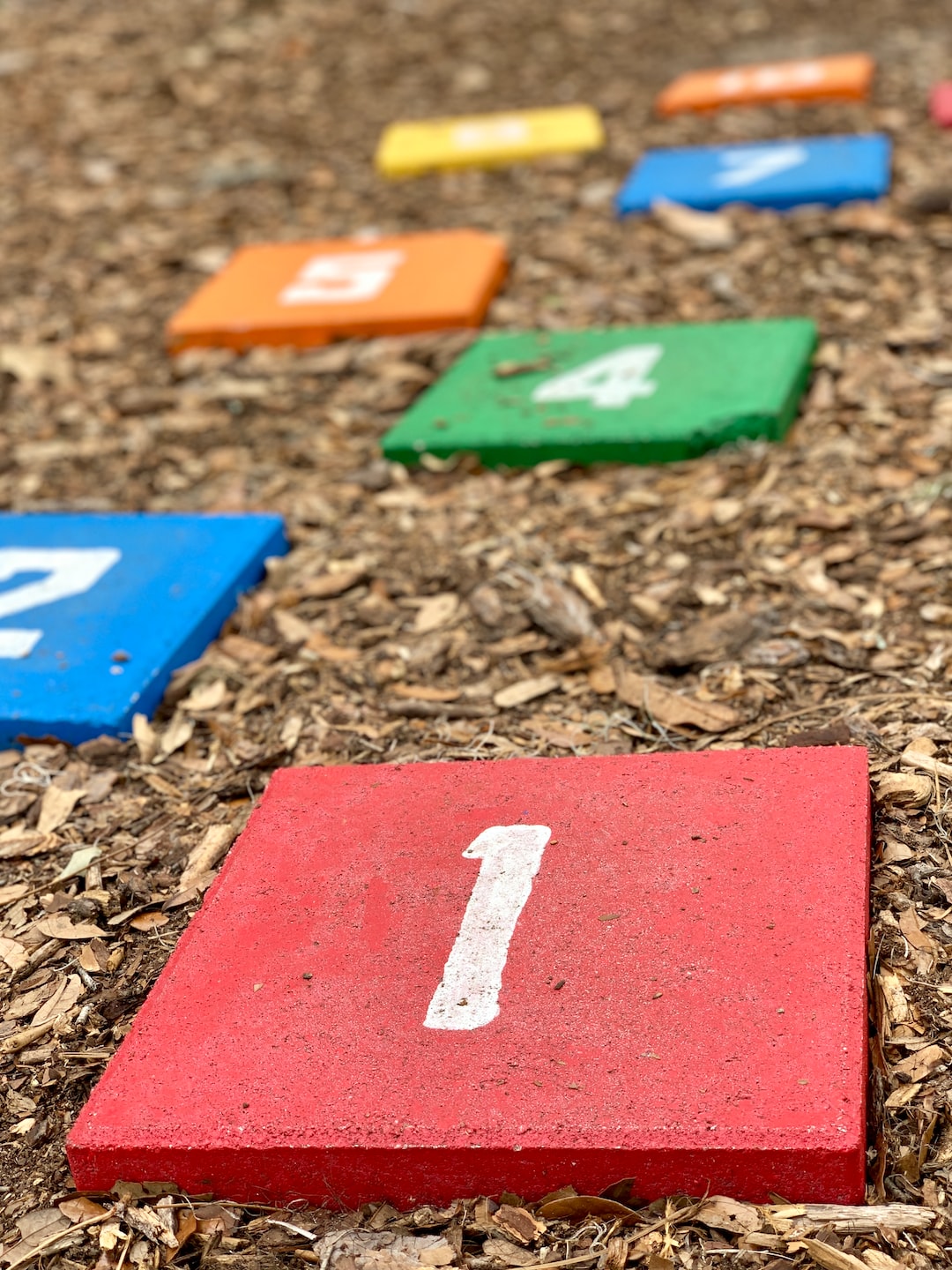Gaming in Education: How Video Games Are Revolutionizing the Classroom
In recent years, there has been a significant shift in the way education is being delivered. Traditional teaching methods are slowly being replaced with more innovative and engaging techniques. One such method gaining popularity is the integration of video games in the classroom. This has revolutionized the education system, providing students with a more interactive and immersive learning experience. In this blog post, we will explore the ways in which video games are shaping the future of education.
One of the major advantages of incorporating video games into the classroom is that they cater to the different learning styles of students. While some students learn best through lectures and textbooks, others thrive in a more hands-on and visual environment. Video games provide a unique platform that combines both elements. Students can learn through active participation, solving problems, and making decisions in a simulated world. This not only enhances their understanding of the subject matter but also improves critical thinking and problem-solving skills.
Another aspect that makes video games an excellent educational tool is their ability to motivate students. Traditional teaching methods often fail to engage students, leading to a lack of interest and enthusiasm. Video games, on the other hand, are inherently engaging and provide instant feedback. Students are more willing to invest time and effort into learning when they are actively involved in the process. This creates a positive learning environment, where students are motivated to overcome challenges and achieve their goals.
The integration of video games in education is not limited to gamifying the content; it also includes the development of specific educational games. These games are designed to teach specific skills and knowledge, covering a range of subjects from math and science to language and history. The educational game market has seen tremendous growth, with a wide variety of games tailored to different age groups and learning objectives. This allows teachers to incorporate games into their lesson plans, giving students an opportunity to learn while having fun.
One notable example of successful educational games is the popular game “Minecraft.” Originally created as a sandbox game, it has been embraced by educators worldwide for its educational potential. In “MinecraftEdu,” a modified version of the game specifically designed for classroom use, students can collaborate, build, and explore various topics such as history, mathematics, and environmental science. This gamified learning approach has proven to be highly effective, capturing the interest of students while providing valuable educational content.
Video games also foster collaboration and teamwork among students. Many educational games are designed to be played in groups, encouraging students to work together towards a common goal. This not only improves their social and communication skills but also prepares them for real-world scenarios where collaboration is essential. As students engage in multiplayer games, they learn the importance of teamwork, problem-solving, and effective communication, essential skills for their future careers.
Moreover, integrating video games into the classroom can also help bridge the gap between generations. Today’s students are growing up in an increasingly digital world, where technology plays a significant role in their daily lives. By incorporating video games into the curriculum, educators can connect with their students on a deeper level, speaking their language and leveraging their digital literacy skills. This creates a more relatable and dynamic learning environment, breaking down barriers between students and teachers.
However, it is important to note that video games should not be seen as a complete substitute for traditional teaching methods. They are most effective when used as a complementary tool, enhancing the learning experience rather than replacing it entirely. Careful consideration needs to be given to the selection of games, ensuring they align with the curriculum and learning objectives. Additionally, proper monitoring and assessment mechanisms should be in place to gauge the impact of video games on student learning.
In conclusion, video games are revolutionizing the classroom by providing an interactive and immersive learning experience. They cater to different learning styles, motivate students, and foster collaboration and teamwork. Educational games, like MinecraftEdu, have proven to be highly effective in delivering educational content while keeping students engaged. By integrating video games into the curriculum, educators can create a more dynamic and relatable learning environment, bridging the gap between generations. While video games should not replace traditional teaching methods, they have the potential to enhance the education system, equipping students with the skills they need to thrive in the digital age.

